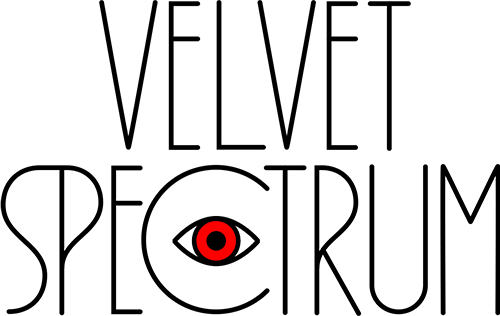The Efficiency Paradox in Creative Output
- Luke Choice
- Sep 15
- 2 min read

Could the response to the AI influencer benefit human creativity?
The more I hear about the incoming AI influencer takeover, the more I wonder whether audiences will eventually lose their appetite for content altogether. We’ve seen hints of this before, in the way the music industry shifted from scarcity to abundance.
I still remember the days of anticipating the latest White Stripes album. I’d head to the music store, flick through the CDs, pluck it out, pay for it, and play it on repeat in my ’82 Corolla. That ritual gave music weight. The anticipation, the physical commitment, and the limited choice made the experience feel valuable.
Now, with every song ever recorded at my fingertips, I found myself strangely detached. Playlists blur into one another, and albums no longer feel like events - they’re just drops in an endless stream. That overload had stripped away much of the joy and meaning that once defined my relationship with music. It’s why I’ve become a keen vinyl collector: to reclaim the ritual, the weight, and the physical connection that makes listening feel intentional again.
That same dynamic is playing out across creative industries. At first glance, efficiency appears to be progress, with faster workflows, lower costs, and an endless supply. But when everyone can produce at scale, the result isn’t more connection, it’s saturation. Audiences don’t care how quickly or frequently something was made - they care whether it resonates.
AI influencers embody this paradox. They can generate content relentlessly, tailored to every niche. Yet abundance doesn’t guarantee value. In fact, it risks dulling the appetite for the very thing they produce.
The lesson from music still applies: when scale outpaces meaning, what was once desirable becomes disposable.
So what should we, as creatives, take from this?
Prioritize significance over volume. A single piece that connects deeply will outlast a flood of quick wins.
Design for anticipation, not just consumption. Think about how to create experiences that invite pause, reflection, or even ritual - moments people look forward to, not just scroll past.
Let efficiency buy back creative space. Use it to eliminate the noise of repetition, allowing us to dedicate more energy to originality, craft, and cultural resonance.
Remember human connection as the differentiator. Algorithms scale content, but they can’t replicate the warmth of a human voice, a lived experience, or an authentic perspective.
In the end, audiences aren’t looking for more - they’re looking for what matters. They’re drawn to the work that carries intention, to the stories that reveal craft, and to the moments that feel unmistakably human.
Maybe the real story of the AI influencer era won’t be about the takeover at all. Maybe it’ll be about what happens next - when people start craving the creative equivalent of those long drives with one album on repeat, and when we as creators remember that our true edge isn’t efficiency, but the humanity and craft we bring to the work.





Comments